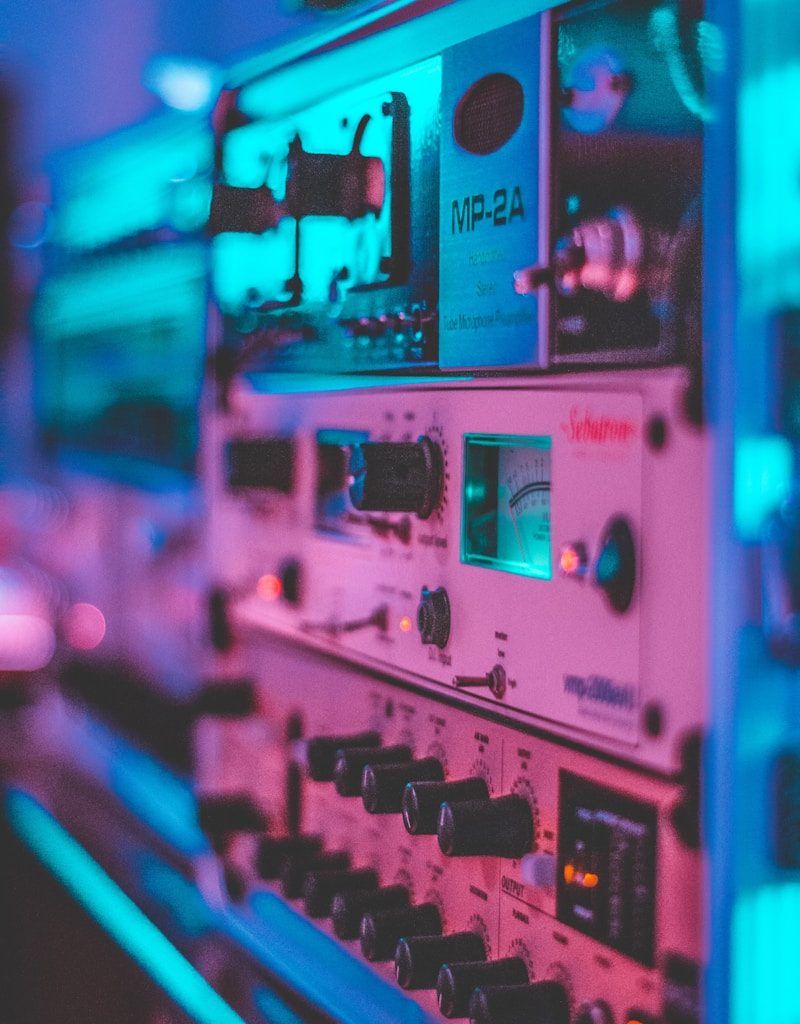Creating your music studio is an exciting adventure. Whether you’re a budding musician, a producer, or someone who just loves to tinker with sound, setting up your own space can unlock endless creative potential. In this guide, we’ll walk you through how to set up a music studio step by step. You don’t need to be an expert or spend a fortune; with the right planning, anyone can build a music studio they’ll love.
Why Set Up a Music Studio at Home?
Having your own music studio offers unparalleled convenience. No more booking expensive studio time or hauling gear across town. Plus, it allows you to experiment freely, learn at your own pace, and even take your passion to a professional level. If you’re wondering how to set up a music studio that’s functional yet affordable, don’t worry—we’ve got you covered.
Step 1: Choose the Perfect Space
The first step in setting up a music studio is finding the right location. Here’s what you need to consider:
- Size: Make sure the room is big enough to accommodate your equipment and let you move comfortably.
- Noise Levels: Choose a space away from noisy areas like kitchens or streets.
- Acoustics: Rooms with high ceilings and fewer windows often have better acoustics.
If you’re limited on space, don’t worry. Many musicians have created incredible setups in small bedrooms or even closets. The key is to maximize what you have.
Step 2: Plan Your Budget
Before diving into purchases, set a budget. The costs can add up quickly, so prioritize what you need most. Focus on essential gear first, like:
- A computer
- An audio interface
- Studio monitors
- Microphones
- Headphones
Pro tip: You don’t need to buy everything at once. Start small and upgrade as you go.
Step 3: Invest in Essential Equipment
When setting up your music studio, the gear you choose will determine the quality of your recordings. Here’s a breakdown of must-have items:
1. Computer
A reliable computer is the heart of your studio. Whether you prefer Mac or PC, make sure it’s powerful enough to handle digital audio workstations (DAWs).
2. Digital Audio Workstation (DAW)
Your DAW is where the magic happens. Popular options include:
- Ableton Live
- Logic Pro
- FL Studio
- Pro Tools
Choose one that fits your budget and skill level.
3. Audio Interface
An audio interface connects your instruments and microphones to your computer. Look for one with:
- Multiple input/output options
- High-quality preamps
4. Studio Monitors and Headphones
Accurate sound is critical. Invest in studio monitors and over-ear headphones designed for mixing and mastering.
5. Microphones
Start with a versatile condenser microphone for vocals and a dynamic mic for instruments.
Step 4: Optimize the Acoustics
Even the best equipment won’t sound great in a poorly treated room. Here’s how to improve your studio’s acoustics:
- Use Acoustic Panels: Place foam panels on walls to reduce reflections and echoes.
- Add Bass Traps: These absorb low frequencies, which can muddy your recordings.
- Position Your Desk and Monitors Properly: Keep them away from walls and corners for a balanced sound.
Step 5: Arrange Your Gear for Workflow
Your studio layout should make creating music easy and enjoyable. Arrange your gear so you can access everything without moving too much. Consider:
- Keeping your computer and audio interface within arm’s reach.
- Placing studio monitors at ear level.
- Organizing cables to avoid clutter.
Step 6: Add Personal Touches
A music studio is more than just gear. Make the space inspiring:
- Add ambient lighting.
- Decorate with posters, plants, or anything that sparks creativity.
- Keep the space clean and organized.
Step 7: Learn and Experiment
Now that your studio is set up, the fun begins! Spend time learning your DAW, experimenting with sounds, and refining your skills. Don’t be afraid to make mistakes; that’s how you grow as an artist.
Final Thoughts
Setting up a music studio is a journey, not a destination. As you grow, so will your studio. Start with the basics, keep learning, and upgrade as your needs evolve. With patience and passion, you’ll have a space where creativity can flow freely.
For further reading, explore these related articles:
- How to Upload Music Free: A Beginner’s Guide
- Why Is Spotify Canvas Not Working? Here’s Everything You Need to Know
For additional resources on music marketing and distribution, visit DMT Records Private Limited.






